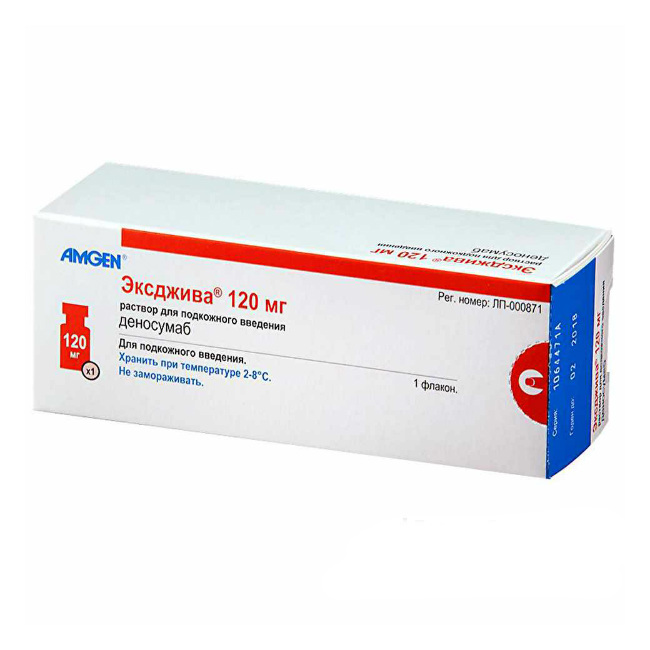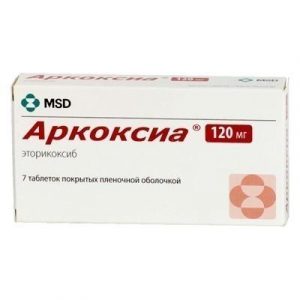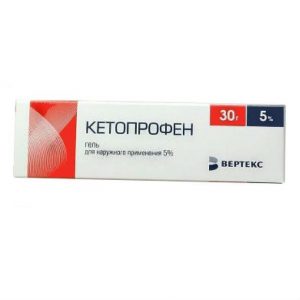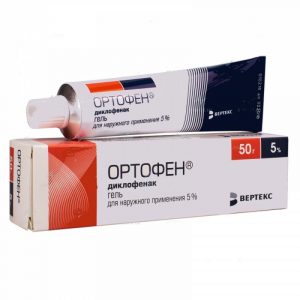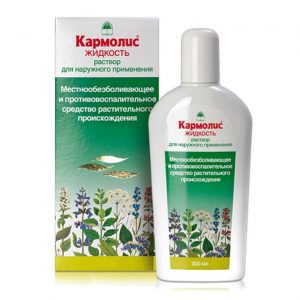Description
Release form
Subcutaneous solution.
Packaging
Syringe 1.7 ml.
Indications
Prevention of complications of bone tissue (pathological fractures, bone irradiation, spinal cord compression or bone surgery) in adults with solid tumors that metastasize to the bone.
Use during pregnancy and lactation
There are no data on the use of the drug during pregnancy.
The drug is not recommended for use in pregnant women.
In toxicological studies in animals with exposure to the drug, 9.1 times the exposure, Recommended for clinical use in humans (120 mg every 4 weeks), denosumab did not affect fertility or fetal development.
Animal experiments have shown that the absence of RANKL can lead to impaired development of the lymph nodes in the fetus, and in the postnatal period it can also lead to impairment, teething and bone growth, which can also affect the maturation of the mammary gland, which can lead to weakening of lactation.
It is not known whether denosumab is excreted in breast milk.
Since it is known that potentially denosumab can cause adverse reactions in infants, it is necessary either to stop breastfeeding, or to discontinue the drug.
Composition
1 ml. subcutaneous solution contains:
active ingredient:
denosumab 70 mg,
excipients:
sorbitol (E420) 78.2 mg,
glacial acetic acid 1.8 mg,
sodium hydroxide to pH 5.2,
water d / and up to 1.7 ml.
Dosage and Administration
Introduction
Subcutaneous injection.
Conducting an injection of the drug requires prior training. During the course of treatment, it is recommended to additionally take calcium preparations in a dose of at least 500 mg and vitamin D – 400 IU.
Dose
Complications of bone tissue
The recommended dose of the drug is one subcutaneous injection of 120 mg every 4 weeks in the thigh, abdomen, or shoulder.
Giant cell tumor of the bone
The recommended dose of the drug is 120 mg with loading doses of 120 mg on the 8th and 15th days of treatment after administration of the starting dose in the first month of treatment and, further, one subcutaneous injection of 120 mg every 4 weeks, starting from the second month of treatment.
Hypercalcemia in malignant tumors
120 mg every 4 weeks with additional doses of 120 mg on days 8 and 15 of the first month of treatment.
Use in selected patient groups
Elderly patients
Based on the available data on the effectiveness and safety of the drug in this age group, no correction of the dosage regimen is required (see section “Pharmacokinetics”, subsection “Individual patient groups”).
Children and adolescents (under the age of 18 years)
The safety and effectiveness of Exjiva ® have not been established in children, with the exception of adolescents with a formed skeleton with a giant cell tumor of the bone.
Exjiva ® is not recommended for use in children, with the exception of adolescents with a formed skeleton with a giant cell tumor of the bone.
The Exjiva ® preparation was studied in an open phase 2 study, which included a subgroup of 10 adolescents (aged 12-17 years) with a giant cell tumor of the bone and with a formed skeleton, which was determined by at least one mature long tubular bone (for example, by closing the epiphyseal plate of the growth of the humerus) and body weight? 45 kg (see the section “Indications for Use” and “Clinical Efficiency”).
Renal failure
Based on the available data on the efficacy and safety of the drug in this group of patients, correction of the dosage regimen of the drug is not required (see section “Pharmacokinetics”, subsection “Individual patient groups”).
In clinical trials in patients without metastatic cancer with varying degrees of renal function (including patients with severe renal failure [creatinine clearance <30 ml / min] or undergoing dialysis), there was a high risk of hypocalcemia with an increase in the degree of renal failure and in the absence of admission calcium preparations. Monitoring calcium concentration and appropriate calcium and vitamin D supplementation is important for patients with severe renal impairment or dialysis (see Special Instructions). Liver failure Efficacy and safety have not been studied. Instructions for use The solution should be evaluated before administration for inclusion or discoloration. The solution should not be used if it is cloudy or discolored. Do not shake. The drug is recommended to be administered with a single-use needle of the 27th caliber. To avoid discomfort at the injection site, the solution should be warmed to room temperature before injection. Any quantities of unused product or unused materials must be disposed of in accordance with national requirements. Side effects Data obtained from controlled use in clinical trials are listed by organ system classes in terms of the Medical Regulatory Activity Dictionary (MedDRA). The frequency of occurrence is defined as follows: Very often 1 out of 10 Often 1 out of 100 and <1 out of 10 Infrequently 1 in 1000 and <1 out of 100 Rarely 1 in 10,000 and < 1 out of 1000 Very rarely <1 out of 10,000 In each group of organ systems and frequency of messages, adverse reactions are listed in decreasing order of severity. Organ system class Frequency Adverse reaction Infections and infestations Infrequently Inflammation of the subcutaneous tissue Immune system infrequently Hypersensitivity reactions Metabolism and electrolyte metabolism Often Hypocalcemia Frequently Hypophosphatemia srdlcrp side and hypergloid tissue Often Diarrhea, tooth loss From the respiratory system Very often Shortness of breath From the musculoskeletal system and connective tissue Hour then jaw osteonecrosis hypocalcemia in clinical studies in patients with tumors, metastatic to the bone, hypocalcemia was more often observed in the Exjiva drug group (9.6%) than in the active comparison group (5.0%). A decrease in serum calcium concentrations of the 3rd degree was observed in 2.5% of patients in the Exjiva group of the drug and in 1.2% of patients in the active comparison group. A decrease in serum calcium concentrations of 4 degrees was observed in 0.6% of patients and in 0.2% of patients in the active control group. Osteonecrosis of the jaw In patients with metastatic cancer, the development of cases of osteonecrosis of the jaw was reported – 1.8% in the denosumab group and 1.3% in the active control group. Clinical symptoms did not differ in subgroups. Among patients with confirmed osteonecrosis of the jaw, the majority (81% in both subgroups) had a history of tooth extraction, poor oral hygiene and / or dental sanitation. Most patients received chemotherapy. overdose No clinical overdose was reported in clinical trials. Storage conditions Store the drug at a temperature of 2 ° -8 ° C. Do not freeze. Store in its original packaging for protection from light. Do not shake. Keep out of the reach of children. After removal from the refrigerator, the drug can be stored at room temperature and Expiration 3 years. Deystvuyuschee substances Denosumab pharmacy package conditions p17products pff41f41 pharmacy package no. from pharmacies Prescription Dosage form dosage form injection solution
